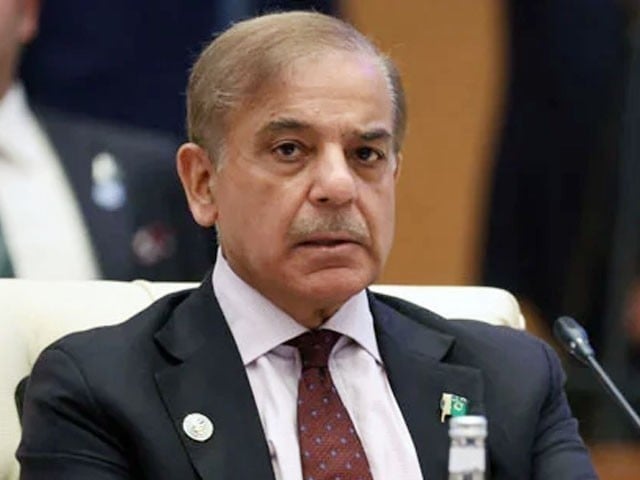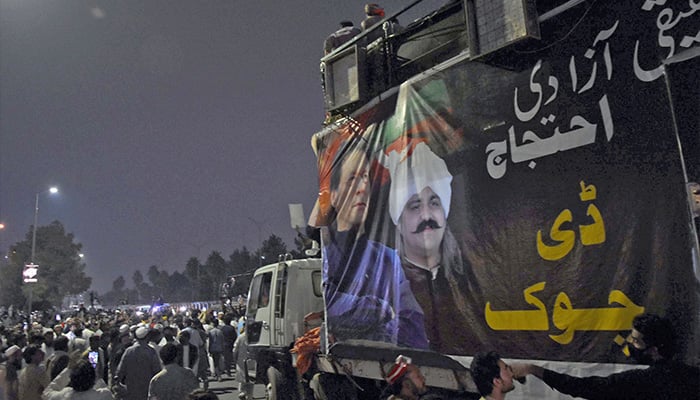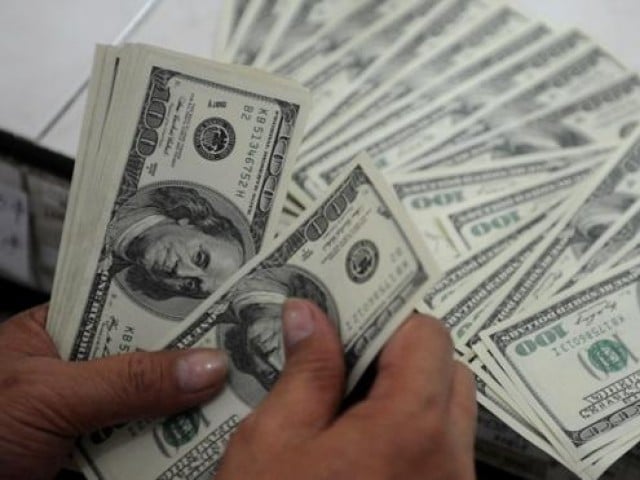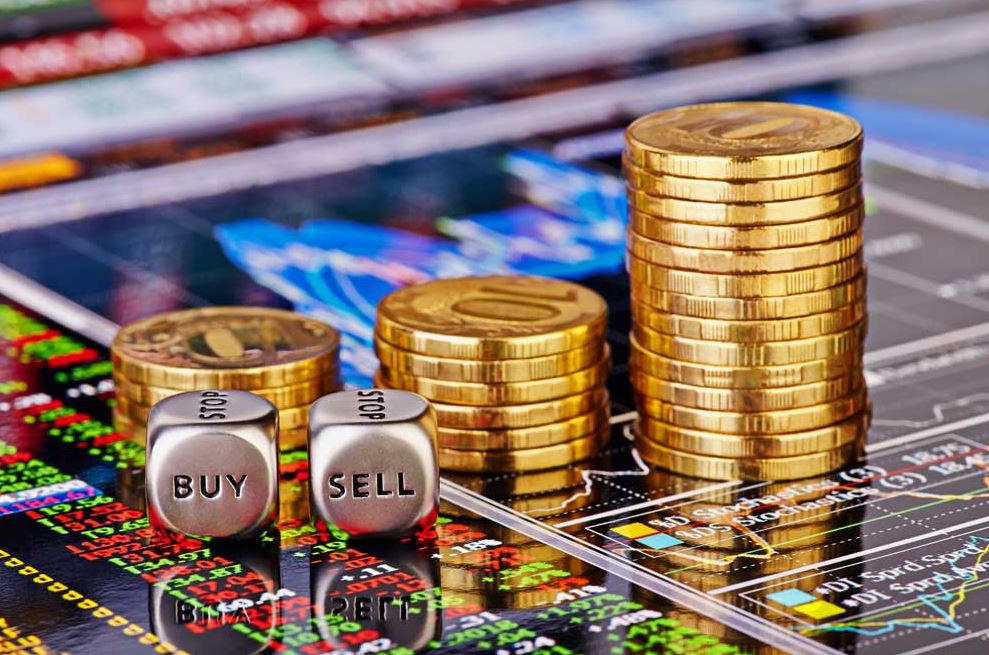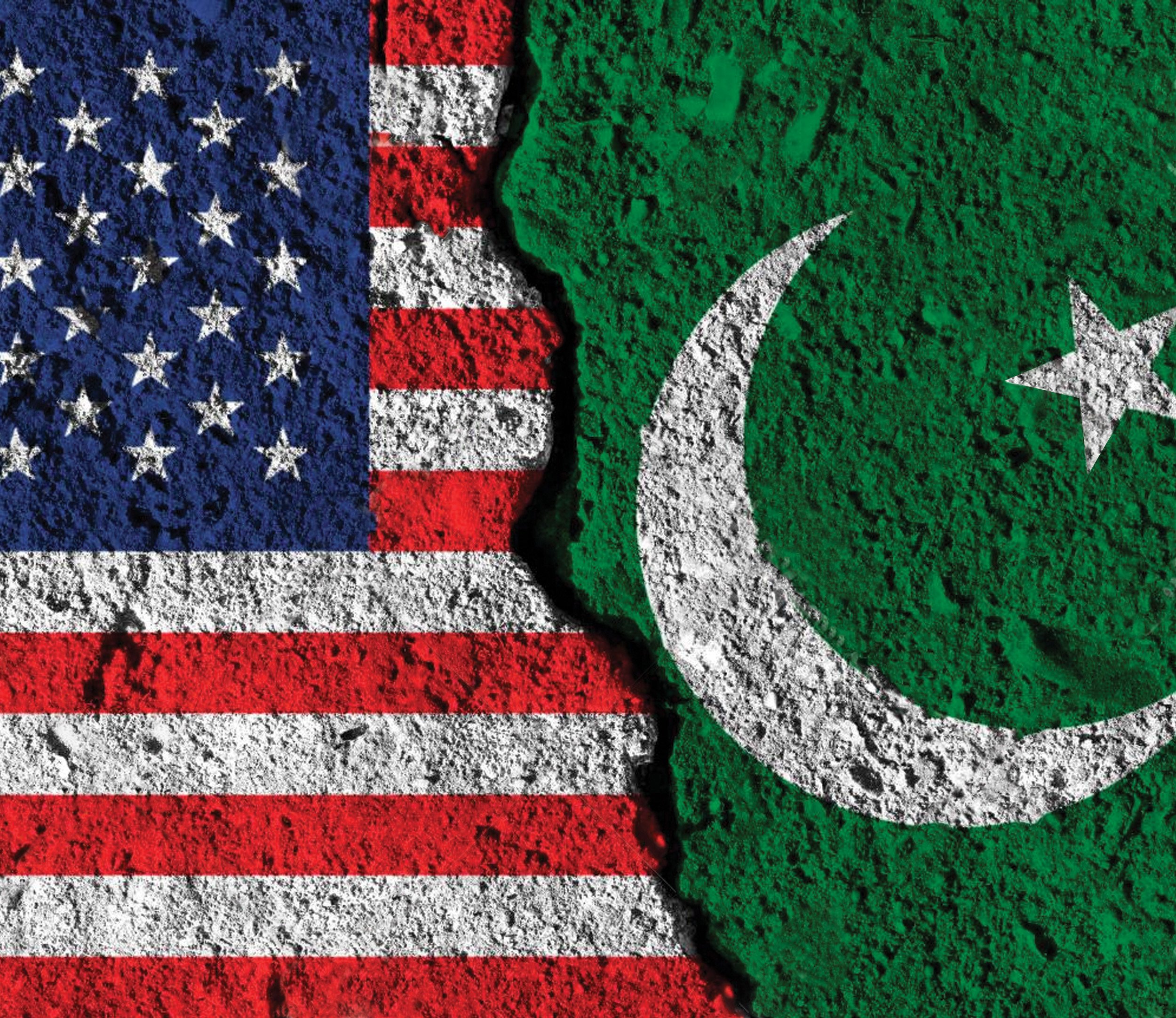In Asian trading on Wednesday, oil prices held steady as market participants assessed the ongoing conflict in the Middle East and the persisting bearish outlook for demand.
Brent crude futures increased by 22 cents, or 0.3%, reaching $77.4 per barrel by 0349 GMT. Meanwhile, US West Texas Intermediate futures saw a rise of 14 cents, reaching $73.71 per barrel.
The previous session witnessed a more than 4% drop in prices due to the possibility of a Hezbollah-Israel ceasefire. However, concerns lingered regarding a potential Israeli strike on Iran’s oil infrastructure.
Phillip Nova, senior market analyst at Priyanka Sachdeva, highlighted the impact of the fluctuating “Middle Eastern headlines,” which have diverted attention from the actual market fundamentals. Nova expressed that oil markets are swayed by sentiments of “buying the rumor” rather than focusing on the real factors that should matter.
Following Iran’s missile attack on Israel on Oct. 1, a rally ensued, culminating in an 8% gain by the end of the week, marking the largest increase in over a year. However, Hezbollah officials indicated a shift from a truce in Gaza as a condition for a ceasefire in Lebanon, potentially impacting market dynamics.
On the demand side, data revealed a nearly 11 million-barrel increase in US crude oil stocks last week, surpassing analysts’ expectations. Nonetheless, fuel stockpiles experienced a decline, reflecting ongoing weak demand that continues to shape the market outlook.
The US Energy Information Administration (EIA) downgraded its 2024 forecast for global oil demand growth by 20,000 barrels per day (bpd) to 103.1 million bpd, citing weaker industrial production and manufacturing growth in the US and China. Concerns about a lack of additional stimulus measures in China also contributed to limiting oil market gains.
The lack of new details provided at a press conference on Tuesday related to China’s fiscal policies led to disappointment among market participants. Many had anticipated further stimulus akin to the financial measures introduced in late September, but the announcement indicated a step-down in China’s approach, according to IG market strategist Yeap Jun Rong.







































